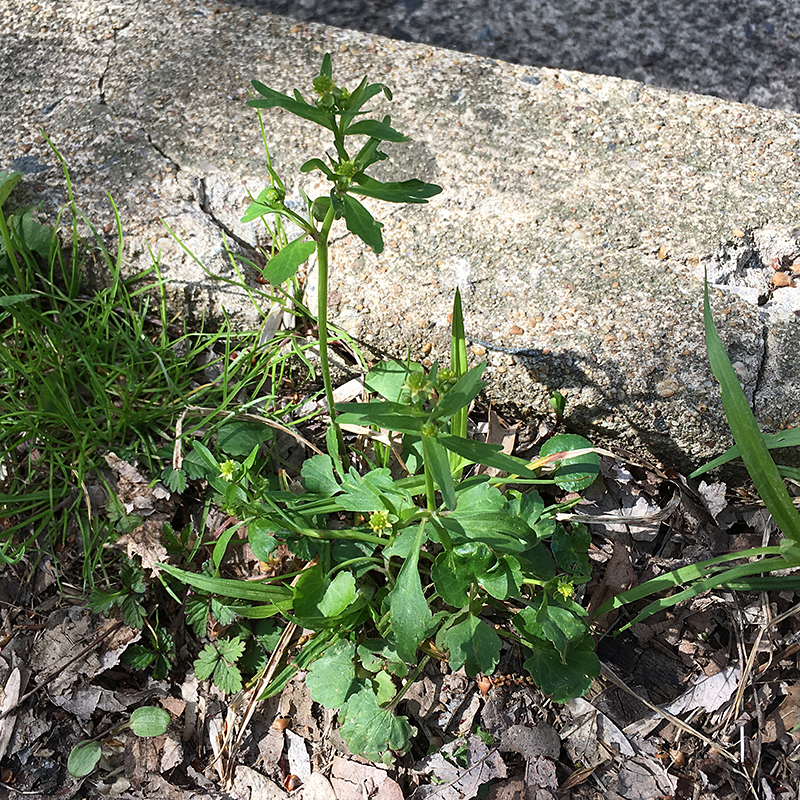

#WILD BUTTERCUP PLANT SKIN#

Wet skin, sweat, and heat can exacerbate the initial symptoms, while sun exposure can darken skin pigmentation. The hyperpigmentation may be the first clue that they have developed phytophotodermatitis. Some people who experience only a very mild inflammatory reaction following sun exposure may not even be aware that they have had a reaction. This stage of phytophotodermatitis, also known as post-inflammatory pigmentation, may last for many weeks or months. Once the blisters begin to heal, usually after 7–14 days, the skin may show signs of darkening, which is known as hyperpigmentation. Streaks may indicate that a person brushed their skin against a plant.

For example, blisters in a drip pattern may result from exposure to fruit juice. The patterns represent the areas of the skin that became exposed to the chemical. The patches of blisters usually present in irregular shapes. crusted patches of skin once the blisters have burst.The symptoms, which can be mild or severe, include: Research suggests that the symptoms of phytophotodermatitis usually begin 24 hours after exposure and peak after 48–72 hours.


 0 kommentar(er)
0 kommentar(er)
